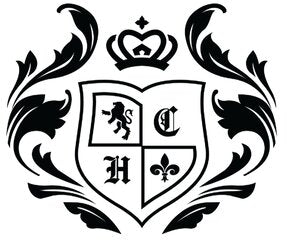One of the most frequent questions we get about the Rippleboard fingerboard is “Does it still allow slides or glissando while performing?” As shown in the video above, the answer is a resounding Yes!
Q: What is a Slide or Glissando?
A: In simple terms, a slide on a violin is quickly moving your finger to a new spot on the string to play a different note, while a glissando is slowly and smoothly dragging your finger up or down the string, hitting all the notes in between the start and end points, like the sound of a siren.
Q: Does it change the way you play?
A: A Rippleboard fingerboard does not limit the ability of musicians to make use of any of their favorite performative techniques. The ripple effect on the fingerboard serves the purpose of both visually and tactile guiding the player’s fingers to the note positions, minimizing the difficulty of the instrument and creating a much more comfortable experience for the musician. The surface of the Rippleboard fingerboard remains remarkably smooth to the touch, exhibiting no limitations or tonal disruptions to the expressive elements of your current instrument playing. When playing, it is best to ignore the ripple effect and play naturally. If you focus on the ripples while practicing or press harder you can become aware of the ripples but if you play correctly, the same as you would on a legacy fingerboard, you will not feel the ripple effect even despite the benefit it provides!
Close
View Cart
One or more of the items in your cart is a recurring or deferred purchase. By continuing, I agree to the cancellation policy and authorize you to charge my payment method at the prices, frequency and dates listed on this page until my order is fulfilled or I cancel, if permitted.
Your cart is currently empty.
0
Total: $0
Taxes and shipping calculated at checkout